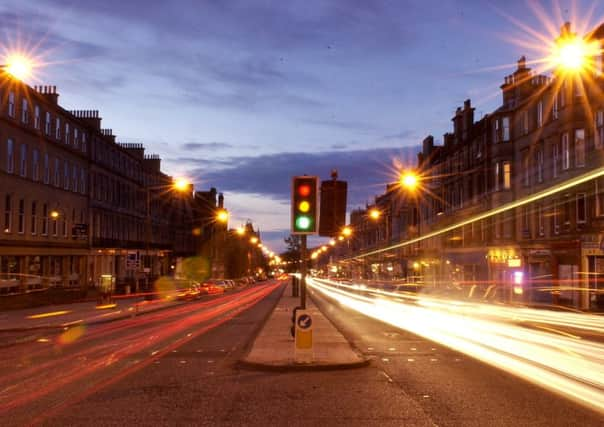Brian Ferguson: Could former eyesore Leith Walk become the new Las Ramblas?


It was a time when one of Britain’s leading architects, Sir Terry Farrell, was in his pomp during an ill-fated tenure as Edinburgh’s “design champion”, an era when the political leadership of the city were very much into “the vision thing”.
The appointment of Sir Terry and subsequent wooing of Danish architect Jan Gehl were part of an attempt to produce bold ideas for long-standing headaches and neglected parts of the city, especially on and around Princes Street.
Advertisement
Hide AdAdvertisement
Hide AdLittle of any note was delivered, save for a few sad-looking plant pots, a recent pedestrianisation experiment has been shelved and the street returned to its previous state while the city wrestles over the next vision.
There has been little progress in other areas like Chambers Street, where there is still a large car park in front of the National Museum of Scotland, Lothian Road, which resembles a race track, and the Royal Mile, where little has been done to accommodate the growing numbers of tourists it attracts.
Ironically, the biggest change has come in the most unlikely of places and not in the way envisaged by Sir Terry.
Ten years ago he was urging to city to realise the potential of Leith Walk as one of the great European thoroughfares.
He proclaimed it could become Edinburgh’s answer to Las Ramblas boulevard in Barcelona and undergo the kind of transformation seen in the Islington area of London.
Under Sir Terry’s vision – aimed at capitalising on the then-booming waterfront regeneration – cultural venues, shopping centres, public squares, pavement cafe areas and street markets would be created. The renaissance would be propelled by the prospect of a tram link to both the waterfront and the airport.
What happened next was nothing short of a disaster as Leith Walk suffered prolonged disruption from tramworks and was then cruelly cut adrift when the project ran out of funding.
For a long period it was blighted by empty shops, ugly and graffiti-strewn gap sites, and dangerously shabby road conditions.
Advertisement
Hide AdAdvertisement
Hide AdHowever, slowly but surely it has recovered and thrived to the extent it is now almost unrecognisable from a decade ago.
New cafes, bars and restaurants have arrived on almost every stretch, with every month seeming to herald another change. And a burgeoning cultural scene has developed since the arts venue Out of the Blue relocated to Dalmeny Street in 2002.
Perhaps most symbolic of all will be the forthcoming rebirth of the former Meridian Bar – branded the worst in Edinburgh for police call-outs – into a new bar, restaurant and music venue, Leith Depot.
But the process of gentrification has already attracted grumblings of discontent on social media and there have already been several blogs on the side-effects of “social cleansing.”
News of the Meridian’s makeover coincided with revelations that around 200 residents are facing eviction from flats on nearby Lorne Street after a charitable trust put them up for sale.
Artists and cultural organisations have not exactly benefited from the property boom in Edinburgh in the last two decades.
They stand to benefit a great deal from the gentrification of Leith Walk if the current scene can be carefully nurtured and encouraged.
But the city should be asking serious questions now about how to avoid the creative sector being priced out in the name of progress.